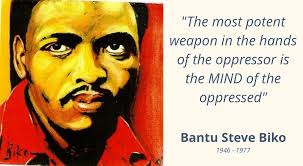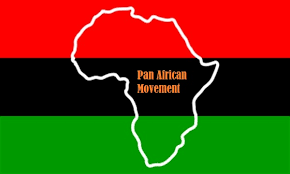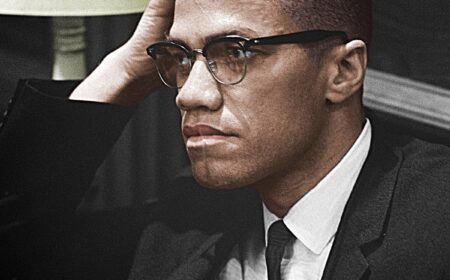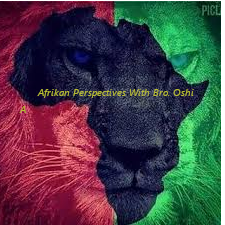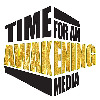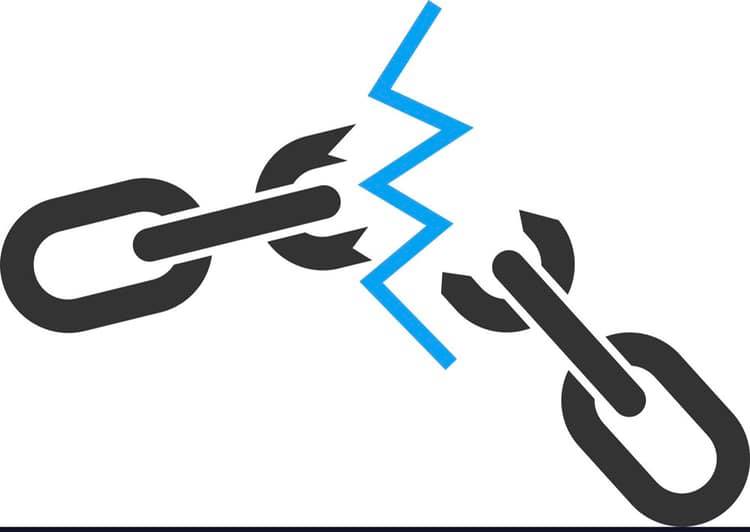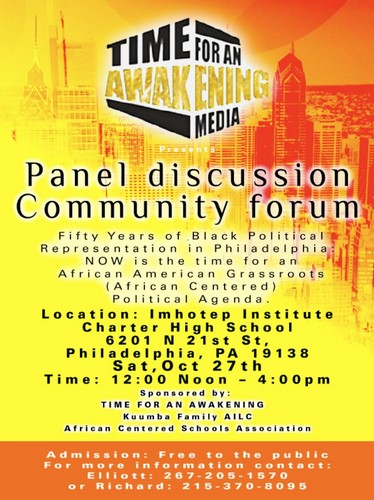Kareem Abdul-Jabbar: Black Celebrities Must “Be Fearless and Relentless in Speaking Up” Against Trump
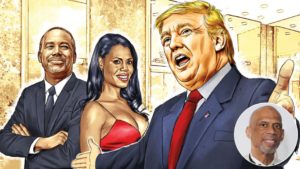

Inset: Kareem Abdul-Jabbar
Never before in modern history have we had a president-elect so ill-informed, ill-tempered, irrational and ill-equipped to deal with the major issues that face this country. The counterintuitive election of Donald Trump has left a lot of political pundits from both parties throwing up their hands, saying, “All we can do is hope for the best.” But as Mark Wahlberg’s character in Deepwater Horizon warns the British Petroleum executives ignoring the oil platform’s numerous problems right before it bursts into flames: “Hope is not a strategy.” And based on the political appointments and nominations Trump has recently made, people of color have little reason to be hopeful. That’s why it’s especially important over the next four years that black celebrities step up and take stances to give voice to those in the black community who will not be heard by the incoming administration. Given that the country is in the throes of a civil rights backlash that threatens to undo the progress we’ve fought so hard to attain, we have to be fearless and relentless in speaking up at every opportunity.
http://www.hollywoodreporter.com/news/black-celebrities-speaking-donald-trump-be-relentless-964908
